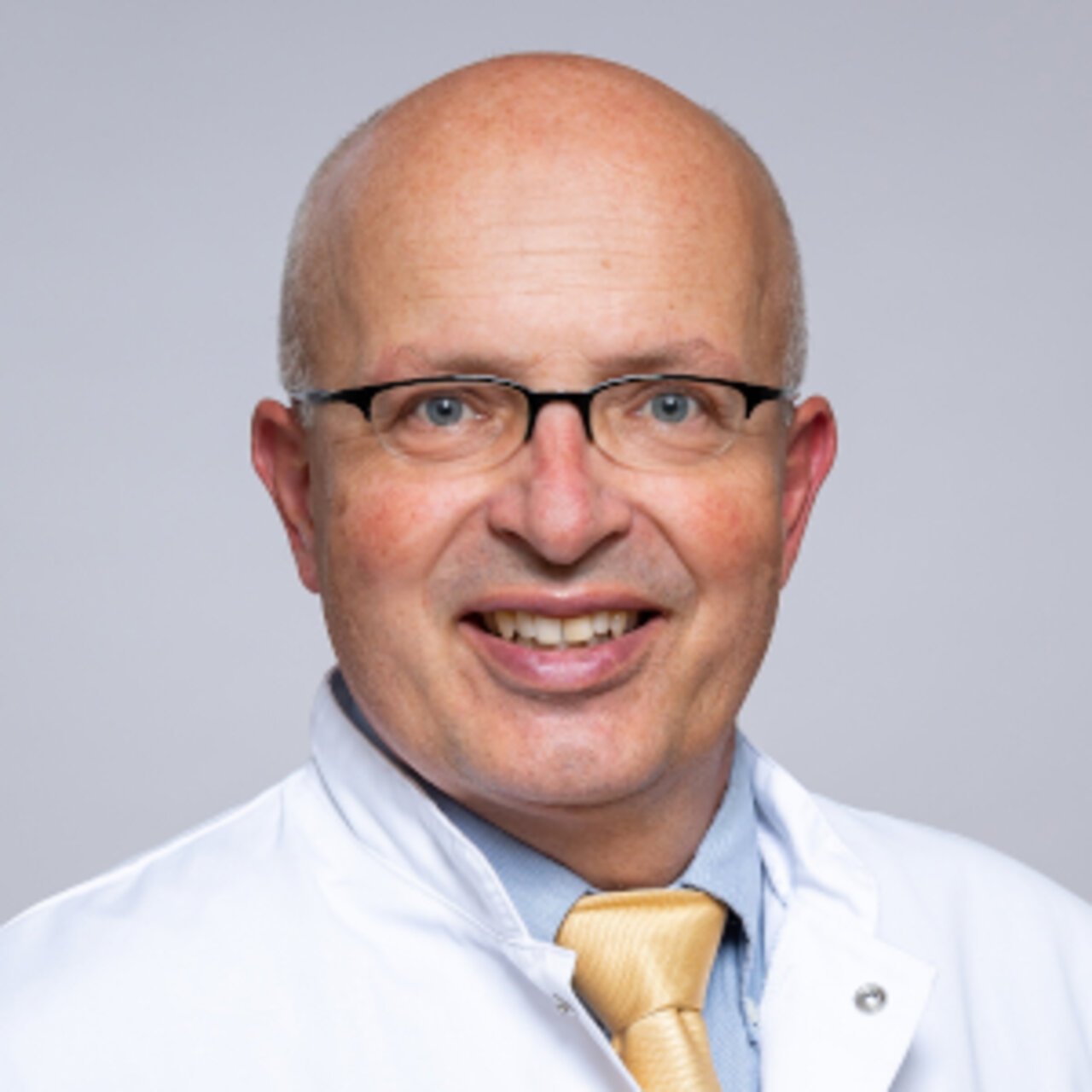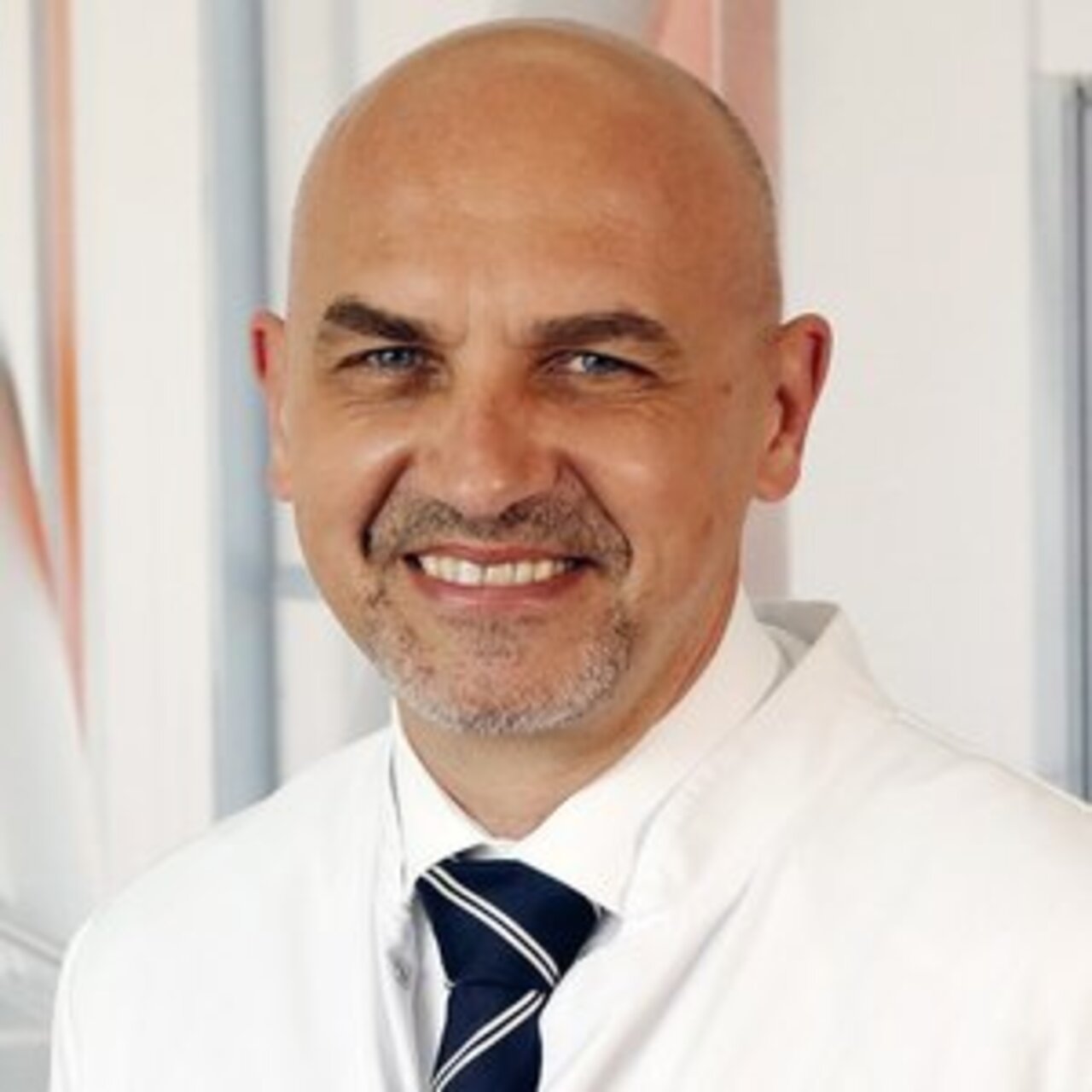Specialists in Vascular bypass surgery
4 Specialists found
Information About the Field of Vascular bypass surgery
What Is a Vascular Bypass?
Bypass surgery can be carried out not only on the heart. A vascular bypass can be helpful for blocked leg arteries. The word "bypass" means bypassing a vascular occlusion or constriction by shifting the bloodstream using the body's own material or a vascular prosthesis. Usually, a vein from another part of the body is used for this purpose. The blocked vascular site or pathway remains occluded after the surgery.
The strong great saphenous vein is often used as the donor's vein. This blood vessel runs from the groin to the ankle on the inner side of the upper and lower leg. The vein is harvested during the surgery. It can be inserted upside down to open the vein valves in the correct direction or inserted in the actual direction. Before that, however, the vein valves must be destroyed. Otherwise, they would obstruct the blood flow. Veins are not always suitable for grafting because they are pre-damaged by inflammation or pathologically dilated (varicose veins).
What Types Are There?
Different bypass methods are chosen depending on the location and length of the occlusion. The most common types are:
- Between femoral artery to popliteal (femoropopliteal).
- Between femoral artery and lower leg (femorocrural)
- Between axillary artery and femoral artery (axillofemoral)
- Between the iliac artery and the femoral artery (iliofemoral)
When Is Leg Bypass Surgery Necessary?
Leg bypass surgery is necessary in certain cases of peripheral arterial disease (PAD), where a partial or complete occlusion of an artery is in the heart, which results in reduced arterial blood flow. In most cases, the legs are affected. About 95% of the causes are atherosclerosis, i.e., a chronic process. Acute occlusions due to blood clots are very rare.
PAD is classified according to its severity into the four stages according to Fontaine. The leading symptom of PAD is the so-called intermittent claudication: pain in the affected part of the body due to the insufficient blood supply. Interventional or surgical therapies (e.g., bypass surgery) should be carried out in stages III and IV or cases of acute vascular occlusion. Stage III is characterized by pain at rest, whereas stage IV is characterized by tissue damage due to decreased blood flow. In case of extensive tissue damage in the feet and legs or significant risk of infection, bypass surgery is impossible, and amputation remains the final solution.
Surgical Procedure
The surgery is carried out under general anesthesia. On the day before the surgery, at the latest, an informing consultation with the responsible anesthesiologist is necessary. The patient's concomitant diseases, which are very likely when suffering from PAD grade III-IV, are also reviewed.
If the great saphenous vein is used as the donor's vein, it is searched for through a small incision in the knee. A camera and instruments are inserted minimally invasively through other small incisions in the leg, which frees the vein from surrounding fatty tissue along its entire course so that it can be pulled out after being separated at both ends.
The vascular graft is sutured to the artery above and below the occlusion site. Thus, it is sufficient to expose the affected artery above and below the occlusion site, which allows a more beautiful aesthetic result, and wound healing is better due to smaller incisions. After the surgery, pressure bandages are applied to the wounds, which must be changed daily.
How Long Is the Hospital Stay after a Leg or Foot Bypass?
The risk for wound healing disorders is high in PAD patients. Therefore 4-7 days of hospitalization are necessary after surgery. If the wounds have healed and are non-irritating after this time, the patient can be discharged.
Aftercare and Durability
How long a bypass lasts depends partially on the graft material. There are valves in the veins that are predisposed to calcification and thrombus deposits. Care must be taken to ensure that they are not damaged prematurely by other factors such as recalcification. To prevent deposits at the suture sites and venous valves, continuous therapy with an anticoagulant drug is recommended after surgery. Suitable drugs for this purpose are heparin immediately after surgery and, for long-term prophylaxis, platelet aggregation inhibitors, e.g., aspirin 100mg once daily or Marcumar. Because the bypass is usually made of a vessel that is native to the body, it is not rejected by the immune system. A bypass grows relatively quickly to the existing vasculature but can occlude again over time. The occlusion rates depend on the bypass material and location. In the thigh, an average of 60-80% of bypasses is still open after 5 years; in the lower leg, 50-70%. Plastic bypasses are the exception in the leg nowadays. In 70-90% of cases, plastic bypass is no longer open after five years.
If, after the bypass surgery, many risk factors and concomitant diseases of PAD continue to exist, likely, the bypass will also be affected by atherosclerosis with time. Then, even the bypass circuit through bypass cannot ensure sufficient blood supply to the leg, and a new intervention becomes necessary. Therefore, after bypass surgery, as many risk factors as possible should be eliminated because the surgery is not a cure for the disease but only temporarily alleviates PAD symptoms.
Regular follow-up every 3-6 months is recommended. Regular visits to the general practitioner to minimize and control the risk factors are also highly recommended.
How to Prevent Vascular Occlusion
PAD is caused by atherosclerosis. This pathological deposit of cholesterol, muscle cells, and defense cells in the inner wall of arterial blood vessels cause all types of vascular occlusion, including:
- Myocardial infarction and coronary artery disease.
- Ischemic stroke
- Peripheral arterial occlusive disease (PAD)
- Aortic aneurysm and aortic dissection
- Chronic renal failure of prerenal origin
- Subcortical arteriosclerotic encephalopathy
To prevent such vascular occlusions, the following risk factors of atherosclerosis must be noted:
- Tobacco use
- Diabetes mellitus
- Arterial hypertension
- Hyperlipoproteinemia: LDL cholesterol elevation (values >160mg/dl); HDL cholesterol lowering (♂<40mg/dl or ♀ <50mg/dl).
- Underlying cardiovascular disease
- Family history: cardiovascular events in 1st-degree family members before 55(♂)/65(♀) years of age.
- Age of onset (men ≥45 years; women ≥55 years).
- Obesity
- Blood clotting disorder
- High triglyceride level, the elevation of lipoprotein a (LPA).
Some of the risk factors, such as genetic predisposition or age, cannot be changed, of course. However, many of the risk factors are also preventable. Smoking is the most significant risk for atherosclerosis and should be refrained from to prevent vascular occlusion. Overall, a balanced diet and regular physical activity can improve body weight, blood sugar, blood pressure, blood lipid levels, and blood cholesterol levels. If these measures fail, the general practitioner can further improve these values through medication.
Which Doctors Are Specialized in Vascular Bypass Surgery?
Every patient who needs a doctor wants the best medical care. Therefore, the patient is wondering where to find the best clinic. As this question cannot be answered objectively and a reliable doctor would never claim to be the best one, we can only rely on the doctor’s experience.
We will help you find an expert for your condition. All listed doctors and clinics have been reviewed by us for their outstanding specialization in vascular bypass surgery and are awaiting your inquiry or treatment request.
Sources:
Herold et al.: Innere Medizin. Eigenverlag 2012, ISBN 978-3-981-46602-7.
Erdmann: Klinische Kardiologie. 8. Auflage. Springer 2011, ISBN 978-3-642-16480-4.
Lawall et al.: Diagnostik und Therapie der peripheren arteriellen Verschlusskrankheit. In: Deutsches Ärzteblatt. Band 113, Nummer 43, 2016, doi: 10.3238/arztebl.2016.0729.
Liehn et al.: OP-Handbuch: Grundlagen, Instrumentarien, OP-Ablauf. 6. Auflage. Springer 2016, ISBN 978-3-662-49280-2.
Hirner, Weise (Hrsg.): Chirurgie - Schnitt für Schnitt. 2. Auflage. Thieme 2008, ISBN 978-3-131-30842-9.
Lawall et al.: S3-Leitlinie Periphere arterielle Verschlusskrankheit (PAVK), Diagnostik, Therapie und Nachsorge. Deutsche Gesellschaft für Angiologie - Gesellschaft für Gefäßmedizin. Stand September 2015. Abgerufen am 04.09.2017.



